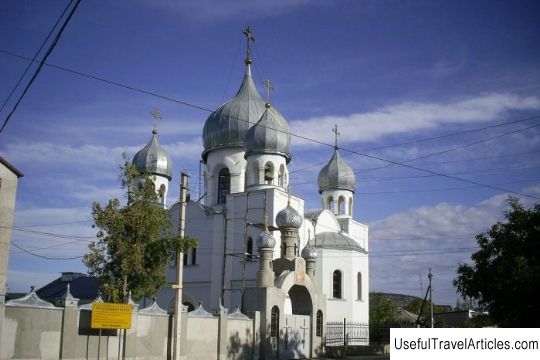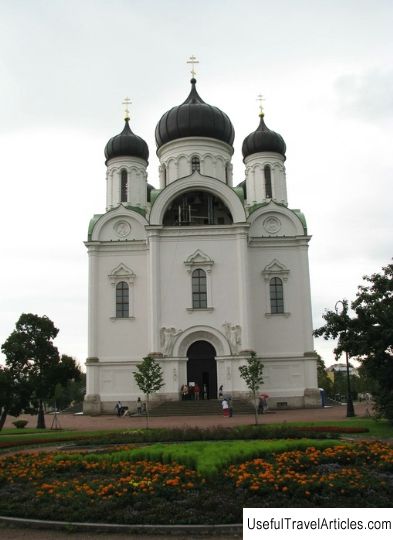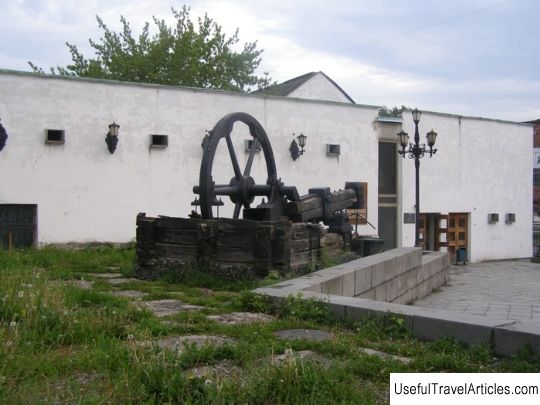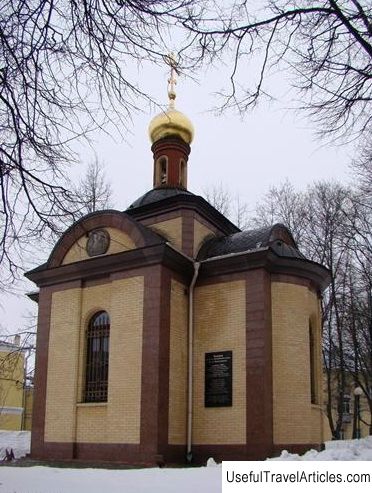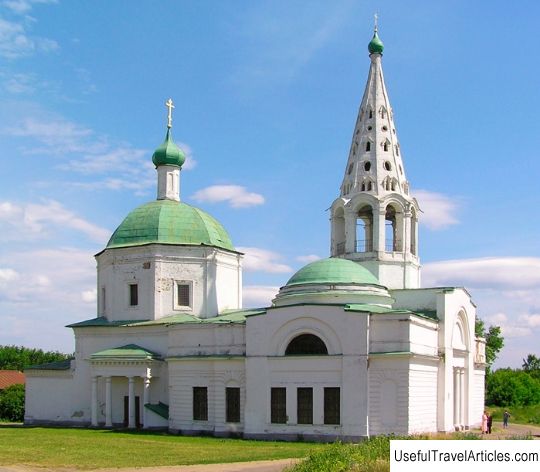Feodorovsky Sovereign Cathedral description and photos - Russia - St. Petersburg: Pushkin (Tsarskoe Selo)
Rating: 8,1/10 (2884 votes) 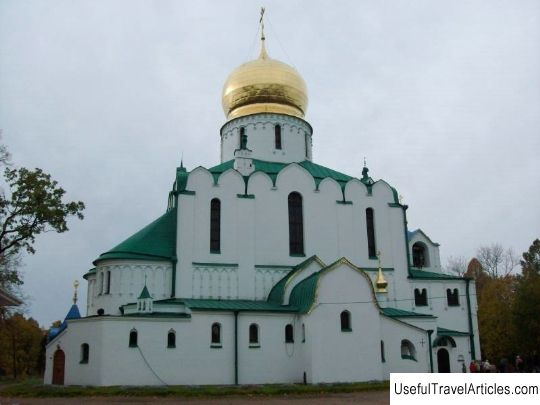
Feodorovsky Sovereign Cathedral description and photos - Russia - St. Petersburg: Pushkin (Tsarskoe Selo). Detailed information about the attraction. Description, photos and a map showing the nearest significant objects. Photo and descriptionThe Cathedral of the Feodorovskaya Icon of the Mother of God, or Feodorovskiy Sovereign Cathedral, is located on Akademichesky prospect in Pushkin. It is an object of cultural heritage of the Russian Federation. The Feodorovskiy temple was erected for the 300th anniversary of the Romanov dynasty. The consecration ceremony was held in honor of the miraculous icon of Theodorovskaya Mother of God, which in the 13th year of the 17th century in Kostroma was blessed with the reign of the founder of the Romanov dynasty - Mikhail Fedorovich. Emperor Nicholas II personally chose the site for the construction of the cathedral and over time turned it into the main prayer temple of his family. Initially, the temple was erected for three regiments of the imperial guard, whose barracks were located not far from the sovereign's permanent residence - the Alexander Palace ... But then the plans changed, and the construction was entrusted to another architect - academician of architecture Vladimir Aleksandrovich Pokrovsky, who took as a model the original appearance of the Annunciation Church in the Moscow Kremlin. The architect adjusted his project to the already built foundation, due to which tent entrances and several additional rooms were formed. Taking as a basis the traditions of Russian architecture of the 17th century, using modern requirements for construction, he built a one-domed cathedral, bordered by galleries. On the feast of Epiphany, an ice-hole was made on a pond near the temple - the Jordan, in which the procession was crowned with the blessing of water. arose during the construction of the cathedral, which took place from 1909 to 1912. The lower temple was consecrated a few months after the upper one in the name of Saint Seraphim of Sarov. The side chapel of the upper church did not have time to be arranged and consecrated before the revolution. The external appearance of the cathedral was distinguished by simplicity, severity and grandeur. The building, with bright reflections of mosaics on the snow-white walls, was crowned with a golden chapter. The interior furnishings impressed with its beauty and splendor in the style of Old Russian church architecture. The royal porch of the cathedral overlooked the bank of the Bucket Pond. The sovereign and his family drove up to the porch before the start of services. Apart from them, only the imperial guards with their wives had an entrance to the temple. And on major Orthodox holidays (Christmas, Epiphany, Easter) additional invitations were distributed to services held in the upper church. The lower church was used by the imperial family for prayer during the winter. After the revolution, Theodorovsky Cathedral turned into a parish church. Later, the property of the temple was gradually seized and distributed among museums, and some of it was stolen. In 1933, the temple was closed, the remains of the property were sent to museums. In the upper church, a cinema hall was opened with a screen arranged in place of the altar, and in the lower one there was a film warehouse and an archive of film and photographic documents. During the Great Patriotic War, the building of the temple was seriously damaged: part of the walls was destroyed, the dome was destroyed. In 1962, some of the annexes to the cathedral were blown up. In 1985-1995, the restoration of the cathedral was organized. In 1991 it was transferred to the Russian Orthodox Church, and in the Tsarskoye Selo Separate Park, the Feodorovskaya Icon of the Mother of God was miraculously discovered in the ground. Thus, the icon, the patroness of the imperial house, survived all the trials of the 20th century and returned to its original place in the Feodorovsky Sovereign Cathedral. In 1992, services began in the lower church, and in 1996 - in the upper one. On July 16, 1993, on the day of the 75th anniversary of the death of the royal family, a bronze bust of the last Russian emperor Nicholas II was installed near the temple. The place was not chosen by chance: according to legend, in April 1913 the emperor planted 5 oak trees here (according to the number of his children).     We also recommend reading Catholic Church of St. John the Baptist description and photos - Russia - Saint Petersburg: Pushkin (Tsarskoe Selo) Topic: Feodorovsky Sovereign Cathedral description and photos - Russia - St. Petersburg: Pushkin (Tsarskoe Selo). |
